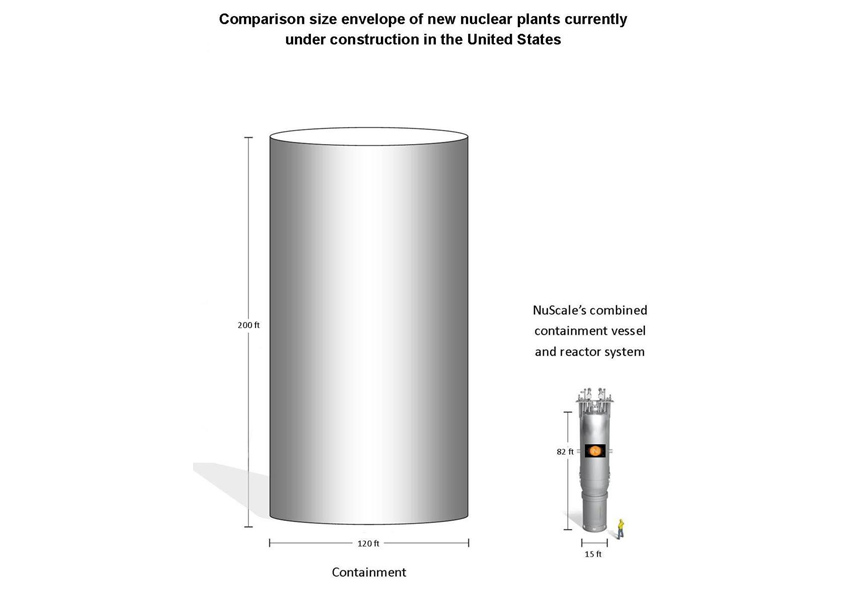I have posted a number of articles and news links about the troubled San Onofre reactors on the coast of Southern California. When two steam generators were recently replaced, the replacements failed in two years. There are charges now that Southern California Edison (SCE), the owners of the San Onofre power plant, made unreported design changes that contributed to the failure. With severe public backlash and investigations by the NRC, SCE has been demanding permission to restart the reactors in the near future. The NRC refused that permission and SCE threatened to shut down the reactors permanently unless they were allowed to restart soon.
Now SCE has announced that it will permanently close the San Onofre plant. SCE has been spending thirty million dollars a month preparing for the restart. Delaying the startup for up to another year (which is a distinct possibility given the current regulatory process and ongoing investigations) would cost more than SCE is willing to spend. The availability of cheap natural gas has driven down the price of electricity and made repairing old nuclear power plants less attractive to their owners.
I have written before about the cost of decommissioning nuclear reactors and I have warned that while this cost is supposed to be born by the owners of the plants, I fear that some or all of the cost for some reactors to be decommissioned will be passed along to the customers. SCE is already working on determining how much of the decommission cost it will try to pass along. At this time, the decommissioning fund which is supposed to be kept current is at least three hundred million dollars short. SCE is asking to be allowed to charge an extra sixteen million dollars per year to help with the decommissioning. SCE also is looking for one hundred thirty million dollars from the makers of the generators, Mitsubishi Heavy Industries, LTD as well as two hundred and thirty million dollars from insurers. Some of the over five hundred million that customers had to pay for replacement power and some of the eight hundred million that customers were charged for operations when no power was being generated will have to be refunded.
The California Public Utilities Commission has the authority to determine how much power customers will have to pay for the shutdown of the reactors. Sempra Energy which owns twenty percent of San Onofre is expecting that the Commission will allow it to recover over five hundred million dollars from rate payers.
I have to ask whether or not these types of costs to power customers were ever factored in when the cost of nuclear generated electricity was estimated before the reactors were put into operation. The San Onofre plant’s license was going to expire around 2020. Many old reactors were relicensed for additional operation after the year 2000. With cheaper electricity and rising repair costs, how many more reactors will be shut down at great public expense in the near future?



